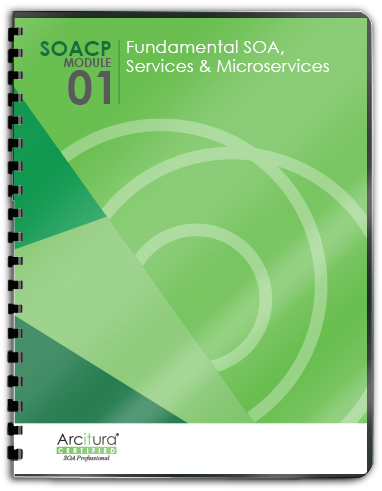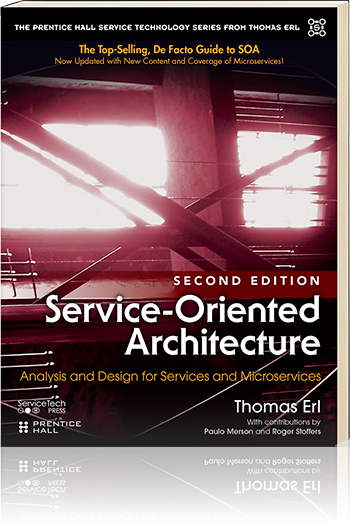SOA Patterns > Basics > What is SOA > Fundamental Design Terminology and Concepts > Design Paradigm
Design Paradigm
There are many meanings associated with the term “paradigm.” It can be an approach to something, a school of thought regarding something, or a combined set of rules that are applied within a predefined boundary.
A design paradigm within the context of business automation is generally considered a governing approach to designing solution logic. It normally consists of a set of complementary rules or principles that collectively define the overarching approach represented by the paradigm.

Figure 1 – Because a design paradigm represents a collection of design principles, it further increases the degree of commonality across different bodies of solution logic. In the example, the amount of reuse in A and B has increased.
Object-orientation (or object-oriented design) is a classic example of an accepted design paradigm. It provides a set of principles that shape componentized solution logic in certain ways so as to fulfill a specific set of goals.
Along those very same lines, service-orientation represents its own distinct design paradigm. Like object-orientation, it is a paradigm that applies to distributed solution logic. However, its principles differ from those associated with object-orientation, which results in the creation of different types of design characteristics.
Note that the service-orientation design paradigm is documented separately at Service-Orientation Principles.

